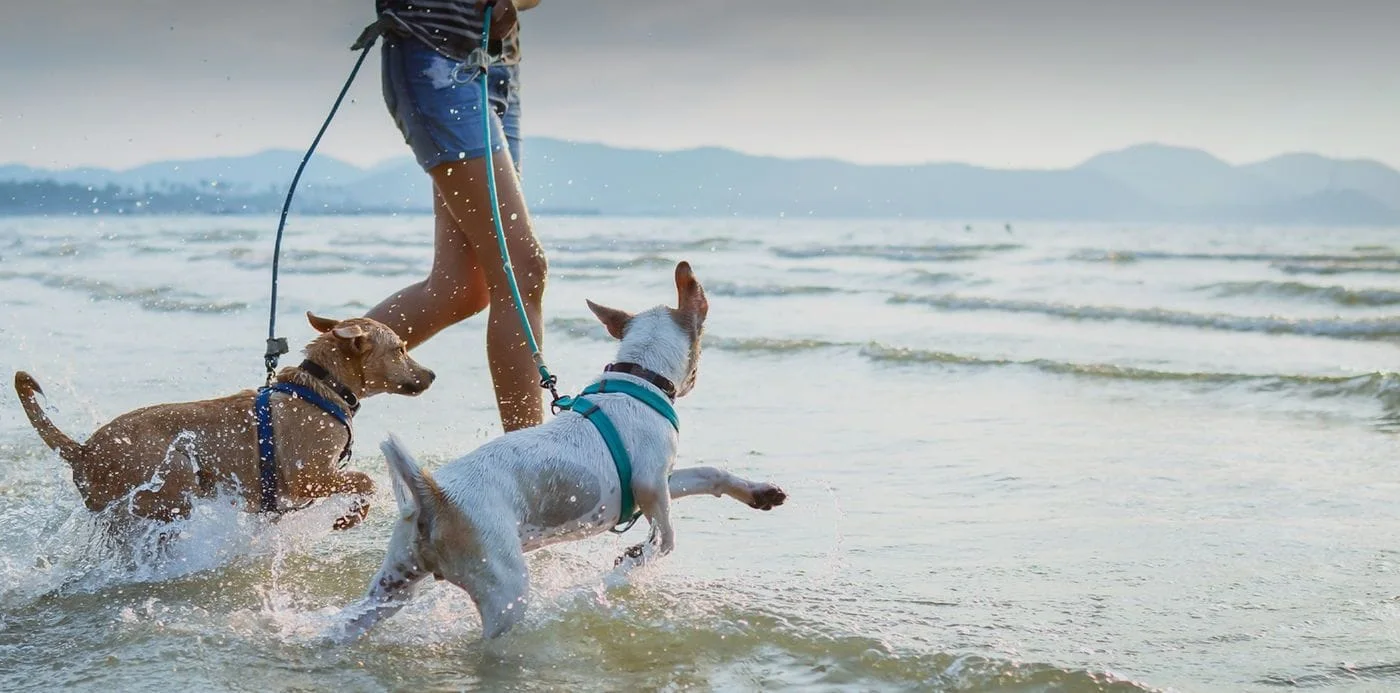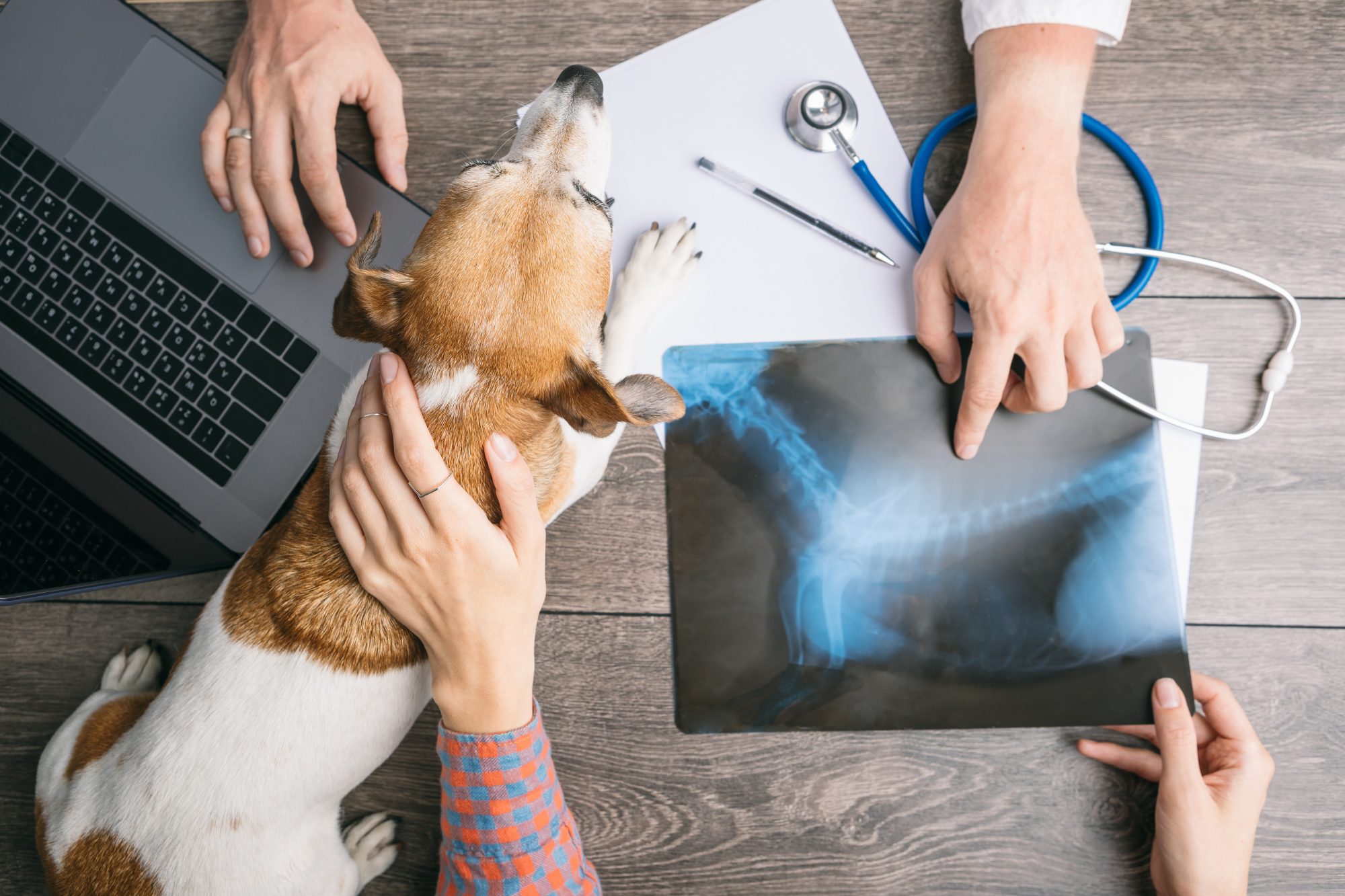Common Pet Injuries That Require an Immediate Visit to an emergency vet bellingham
Wiki Article
Everything About Veterinarian Surgical Procedure: Recognizing the Value of Professional Look After Your Family pets
Vet surgery is an important part of animal health care. It incorporates different treatments, from regular optional surgical procedures to immediate treatments. Recognizing the complexities of these surgical treatments can aid animal proprietors make notified decisions. The prep work, execution, and healing phases are essential for making sure the well-being of pets. With appropriate knowledge, owners can navigate the intricacies of veterinary treatment. What variables should be taken into consideration prior to a pet dog undertakes surgical procedure?Kinds Of Veterinarian Surgeries
When a family pet requires surgical treatment, comprehending the numerous sorts of veterinarian surgical treatments can assist family pet owners make notified decisions. Vet surgical procedures can be extensively classified right into three main types: optional, immediate, and emergency surgeries. Optional surgeries, such as spaying or neutering, are prepared treatments that are not promptly dangerous. Urgent surgical procedures, like those for international body elimination, must be carried out quickly however are not dangerous in the minute. Emergency surgical treatments, such as those addressing serious injury or internal bleeding, are vital and need prompt attention.Additionally, surgical procedures can differ in intricacy, varying from minimally intrusive laparoscopic treatments to more substantial open surgeries. Each sort of surgical treatment carries its very own threats and healing processes. Comprehending these categories permits family pet proprietors to involve in purposeful conversations with veterinarians, leading to much better end results for their cherished family pets.Preparing for Your Animal's Surgical treatment
Planning for an animal's surgery includes a detailed checklist to ensure all essentials are covered. Reliable interaction with the vet is essential for understanding the treatment and any type of necessary pre-operative steps - tplo surgery. In addition, having clear post-operative treatment instructions will aid owners offer the very best assistance for their recovering family petsPre-Surgery Checklist Basics
Assuring a smooth surgical experience for a pet dog calls for mindful preparation and interest to information. A pre-surgery checklist is essential for pet proprietors to comply with. Validating the arranged surgical treatment day and time is important. Owners must also verify that their pet dog has not eaten according to the vet's instructions, usually for 8-12 hours before surgery. Collecting essential medical documents, including inoculation history, is important for the vet's testimonial. It is also a good idea to prepare a comfortable space in your home for the animal's healing after surgery. Finally, owners must have a prepare for transport to and from the vet facility, making sure that the pet is safe and secure and comfortable throughout the trip. Following these steps can greatly improve the surgical experience.Connecting With Your Vet

Reliable communication with the vet is important for a successful surgical experience for pet dogs. Owners need to be prepared to review their pet dog's case history, including any kind of pre-existing problems, drugs, and allergic reactions. This info helps the veterinarian evaluate threats and tailor the surgical plan as necessary. In addition, animal owners ought to ask inquiries pertaining to the treatment, anesthesia, and anticipated outcomes to assure they completely comprehend the procedure. Clearing up any type of doubts can ease anxiousness for both the pet dog and the owner. It is likewise vital to interact any behavior changes or issues observed in the family pet leading up to the surgical treatment. Eventually, clear dialogue promotes trust fund and collaboration, making certain that animals get the best feasible treatment during their surgical trip.
Post-Operative Care Directions
After reviewing the surgery with the veterinarian, family pet proprietors must concentrate on post-operative care instructions to facilitate a smooth recuperation for their pets. These directions normally consist of keeping an eye on the surgical site for signs of infection, such as soreness or discharge. Animals may need to be kept one's cool and confined to avoid extreme motion that could interfere with recovery. Pain monitoring is crucial, so owners ought to comply with the vet's advice on carrying out medicines. Additionally, dietary restrictions might be suggested to avoid intestinal distress. Routine follow-up consultations are essential to guarantee correct recovery and resolve any kind of problems. By adhering to these post-operative treatment guidelines, animal owners can significantly add to their pet dog's healing and overall wellness.The Surgery Explained
The surgery for animals encompasses essential actions that guarantee their safety and security and recuperation. Pre-surgery preparations are crucial for decreasing threats, while post-operative treatment guidelines play an important role in advertising healing. Comprehending these components assists family pet owners navigate the medical experience more effectively.Pre-Surgery Preparations
Before a family pet undergoes surgical treatment, several vital prep work have to take place to guarantee a risk-free and effective procedure. A complete veterinary exam is important to examine the pet dog's total health and recognize any type of potential dangers. This may consist of blood tests, imaging, or other diagnostics. The vet will certainly additionally go over anesthetic options customized to the pet dog's certain needs. Additionally, animal owners are usually instructed to withhold food and water for a defined time before surgical treatment to reduce the threat of difficulties during anesthetic. It is necessary for owners to give a total case history, including any kind of medicines or allergies, making certain the medical group has all required information. Correct communication and adherence to pre-surgery standards can significantly boost the outcome of the procedure.Post-Operative Treatment Guidelines
Correct post-operative treatment is necessary for guaranteeing a pet dog's recovery following surgery. After the treatment, animals ought click this site to be kept an eye on very closely for any kind of indicators of issues, such as excessive bleeding, swelling, or uncommon habits. It is essential to comply with the vet's instructions pertaining to drugs, including painkiller and antibiotics. Animals need to be maintained in a silent, comfortable environment to reduce stress and anxiety and promote healing. Restricting activity is important; short, leashed walks might be required, however leaping or running should be stayed clear of. Routine follow-up appointments must be set up to analyze the recovery process. Additionally, the surgical website needs to be maintained tidy and dry, with any type of indicators of infection reported to a vet without delay. Complying with these guidelines enhances recuperation results.Anesthesia and Discomfort Administration
Effective anesthesia and pain management are essential elements of veterinary surgery, making sure that pet dogs stay comfy and secure throughout the procedure. Vets assess each pet dog's individual demands, thinking about elements such as age, weight, health standing, and the kind of surgery being performed.Anesthesia protocols typically consist of a combination of pre-anesthetic medicines, induction agents, and inhalant anesthetics, permitting specific control over the pet's degree of consciousness. Monitoring during surgery is crucial; vets constantly observe essential indications to resolve any kind of possible difficulties promptly.Pain management approaches may involve opioids, non-steroidal anti-inflammatory medicines (NSAIDs), and anesthetics, tailored to the pet's certain situation. This multifaceted technique assists minimize discomfort and advertises a smoother surgical experience. By focusing on efficient anesthetic and pain monitoring, vet specialists enhance the general well-being of pet dogs undergoing surgeries, ensuring they receive the greatest requirement of care.Post-Operative Care and Recuperation
Complying with surgery, the emphasis moves to post-operative treatment and healing, which is crucial for making certain a pet dog's safe go back to regular tasks. During this period, animals need a peaceful, comfortable environment to help healing. Proprietors must closely check their pet dogs for any type of indications of discomfort or uncommon behavior.Veterinary guidelines commonly consist of particular directions connected to medicine management, wound treatment, and nutritional adjustments. It is essential to abide by these suggestions to reduce problems and promote healing. Family pets might require to be restricted from strenuous activities, such as running or jumping, during their recovery period (animal emergency care bellingham).Regular follow-up consultations with the veterinarian permit surveillance of the animal's progression and timely adjustments to the care plan. Offering emotional assistance and companionship can likewise boost a family pet's discover this healing experience, helping to relieve stress and stress and emergency hospital for dogs anxiety. Overall, persistent post-operative treatment plays a considerable function in achieving an effective healingRecognizing Difficulties After Surgery
Just how can pet owners recognize problems after surgery? Recognition of particular indications is necessary for making sure the health of family pets throughout recovery. Common indicators include excessive swelling, soreness, or discharge at the surgical website, which may signify infection. Additionally, relentless pain, shown by whining or hesitation to relocate, need to trigger immediate focus. Changes in hunger or water consumption can additionally indicate issues; a decrease in these actions might indicate discomfort or distress.Moreover, animal proprietors need to check their animals for any type of uncommon habits, such as lethargy or trouble breathing, as these can be signs of serious concerns. Vomiting or looseness of the bowels complying with surgical treatment might call for immediate vet analysis. Identifying these problems early can significantly impact a pet dog's recovery process, highlighting the significance of vigilance and timely communication with a vet for any kind of worrying signs.The Duty of Veterinary Specialists in Surgical Treatment
Veterinary professionals play a vital role in making sure the safety and security and success of surgeries for animals, especially complying with surgical treatment when keeping an eye on and care are extremely important. These specialists include vets, vet service technicians, and support team, all of whom contribute specialized abilities to the surgical process.Before surgical treatment, vets carry out detailed evaluations to evaluate the family pet's wellness, guaranteeing that any kind of underlying conditions are handled. Throughout the procedure, the surgical team provides anesthesia, preserves sterilized environments, and checks vital signs, all essential for decreasing risks.Post-operative care is similarly considerable; veterinary specialists observe for complications, manage discomfort, and guide owners on recuperation methods. Their know-how allows them to acknowledge early indicators of distress or infection, making certain timely intervention. Eventually, the collective efforts of veterinary experts in surgical care foster a secure setting, advertising the wellness of pet dogs throughout the medical trip.
Frequently Asked Questions
Just how Do I Pick the Right Veterinary Doctor for My Pet?
Selecting the appropriate veterinary specialist entails researching credentials, reading testimonials, and reviewing the center's atmosphere. It is important to review the doctor's experience with certain treatments and their communication design when making a choice.What Prevail Misconceptions Concerning Veterinarian Surgeries?
Usual mistaken beliefs about veterinarian surgical procedures include beliefs that they are constantly risky, unneeded, or just for emergencies. Lots of pet proprietors take too lightly the advantages of preventative procedures and the skill associated with veterinary surgical care.Just How Much Will My Animal's Surgical procedure Expense?
The expense of a family pet's surgical procedure can differ significantly based on factors such as the type of treatment, the vet's experience, and geographical area (tplo surgery for dogs). Normally, expenses vary from a few hundred to several thousand dollars
Can My Family Pet Eat Prior To Surgery?
Prior to surgical procedure, it is normally suggested that animals avoid eating for a certain duration. This fasting aids minimize the danger of problems during anesthetic. Owners should consult their veterinarian for accurate directions customized to their animal's needs.Suppose My Pet Has Pre-Existing Wellness Issues?
When a pet dog has pre-existing health and wellness conditions, it's essential for the veterinarian to assess these aspects prior to surgery. This examination warranties ideal preventative measures are taken, decreasing risks and enhancing the family pet's overall safety throughout the procedure.Report this wiki page